Schools of Anthias are one of the most vibrant sights on a coral reef and are highly desired in the marine aquarium....
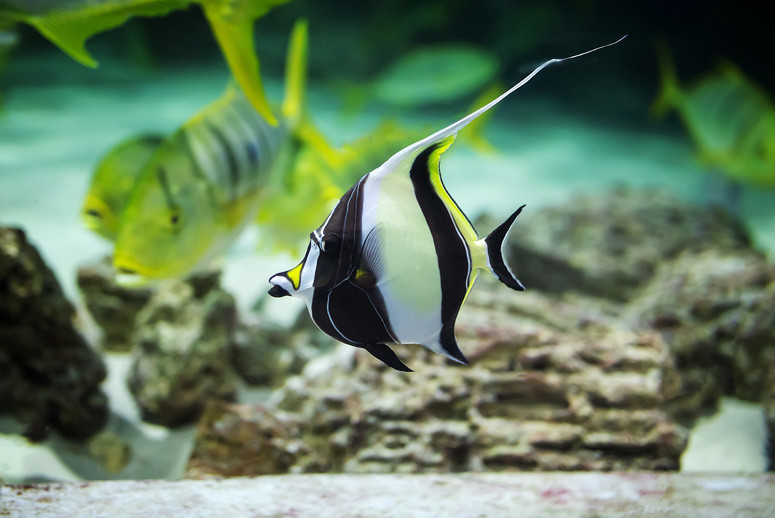
A Practical Guide to Acclimating Moorish Idols & White Bannerfish
Every fish in every tank is an investment. In a business of tight margins, a DOH or a fish that succumbs to stress in the first week is a direct hit to the bottom line. When it comes to iconic—and notoriously delicate—species like the Moorish Idol (Zanclus cornutus), that risk is magnified. But what if you could turn that risk into a reliable reward?
The key isn't luck; it's protocol. A disciplined, patient, and observant approach to acclimation and quarantine can dramatically reduce losses, not just for the challenging Moorish Idol, but for its hardier and popular lookalike, the White Bannerfish (Heniochus acuminatus). This guide provides a practical, step-by-step framework designed for the realities of a retail environment, helping you protect your investment and build your reputation as a source for healthy, high-quality livestock.
Know Your Stock: The Specialist vs. The Staple
Before a single drop of water is exchanged, understanding the animal you've ordered is crucial for managing expectations and system allocation.
-
The Moorish Idol (Zanclus cornutus): The High-Risk, High-Reward Specialist. This is the "banner fish" of the marine aquarium hobby for a reason. Sourced from vast distance, the journey to your store is incredibly long and stressful. Idols are notoriously prone to shipping-related ailments, often refuse to eat in captivity, and have a high susceptibility to protozoan parasites like Cryptocaryon irritans (Marine Ich) and the aggressive Uronema marinum. An Idol is not a fish for a quick flip; it is a project animal that, when properly conditioned, becomes a stunning and profitable showcase specimen.
-
The White Bannerfish (Heniochus acuminatus): The "Poor Man's Idol" and Your Reliable Staple. Often confused with the Idol by hobbyists, the Bannerfish is a retailer's dream by comparison. It is significantly hardier, ships with much lower mortality, and is typically an eager and undemanding eater. This is the perfect fish to offer customers who love the Idol's shape and pattern but are not equipped for its expert-level care. While generally peaceful, they are "reef-safe with caution," as they may occasionally nip at fleshy LPS corals or clam mantles.
The Golden Hour: A Step-by-Step Acclimation Protocol
Your new arrivals have had a grueling journey. Your primary goal is to minimize any further stress. This entire process should be done with main store lights dimmed to reduce shock.
-
Prepare Your Station: Before you open the box, have your dedicated acclimation station ready. You will need:
-
A clean, fish-only 5-gallon bucket.
-
A length of standard airline tubing with a drip acclimation valve (or a simple knot to control flow).
-
An ammonia-neutralizing water conditioner (e.g., Seachem Prime).
-
Your calibrated refractometer and a thermometer.
-
Temperature Float: Float the sealed bags in your quarantine tank (QT) or a sump for 15-20 minutes. This is a simple but non-negotiable step to equalize the water temperature and prevent a lethal shock.
-
Open and Assess: Carefully cut open the bags and gently pour the fish and all their shipping water into the acclimation bucket. Crucially, never pour this water into your store's systems. Briefly assess the fish. Are they breathing rapidly? Are they upright?
-
Begin the Drip: Start a siphon from your established quarantine tank into the bucket. Restrict the flow to a slow, steady drip of about 2-3 drips per second. This gradual change is essential for preventing osmotic shock as the fish adjusts to your store's water parameters, particularly salinity.
-
Neutralize Ammonia: Immediately add a full dose of an ammonia-neutralizing conditioner to the bucket. During shipping, fish waste produces ammonia. The low pH of the shipping water keeps it in its less toxic form, ammonium. As you drip in your store's higher-pH water, this ammonium rapidly converts back into highly toxic ammonia. This step prevents a lethal chemical burn.
-
Double the Volume: Allow the drip to continue until the water volume in the bucket has at least doubled, or ideally, tripled. This should take a minimum of 60 minutes. Do not rush this step.
-
The Final Transfer: Gently net the fish from the bucket and place it directly into the quarantine tank. Discard all of the water in the bucket.
The Observation-First Quarantine
For an LFS with interconnected sales systems, a proper quarantine is your single most important defense against a full-system wipeout. An inexpensive 20-40 gallon All-In-One (AIO) or a bare-bottom tank with a seasoned sponge filter, a heater, and some PVC elbows for hides is a perfect, cost-effective QT setup.
At Tropical Fish International, we advocate an observation-first philosophy. Prophylactically "nuking" a stressed fish with a cocktail of medications can suppress its immune system and do more harm than good. Patience and targeted action are far more effective.
-
: Stabilize and Observe. Keep the QT lights off or very dim. The only goal this week is to make the fish feel secure and to begin offering food. Do not medicate. Watch closely for:
-
Respiration: Rapid gilling is a sign of stress or disease.
-
Behavior: Is it hiding motionless, or exploring its new environment? Is it scratching against surfaces ("flashing")?
-
Appearance: Look for clamped fins, cloudy eyes, visible spots, or any redness or erosion on the body.
-
Weeks 2-4: The Feeding Response and Targeted Action. This is where your patience pays dividends.
-
Inducing a Feeding Response: This is the make-or-break challenge with Moorish Idols. Start by offering tempting live foods like enriched brine shrimp or blackworms. Once the fish is eating, begin transitioning to high-quality frozen preparations. We have seen outstanding results with LiveAquaria brand frozen mysis shrimp and their nutrient-rich LRS blends, which are highly palatable and often trigger a strong feeding response in even the most stubborn specimens.
-
Taking Targeted Action: If, and only if, you observe specific symptoms, you should act.
-
For Internal Issues: If you notice stringy, white feces or a fish that is eating but remains thin (classic signs of internal flagellates or worms), an in-tank medication can be stressful. This is the ideal scenario for a targeted feed. Once the fish is eating reliably, begin a course of Tropical Fish International's Health-Guard Medicated Feed. This delivers medication directly to the fish, addressing internal issues without fouling the water or adding unnecessary stress.
-
For External Parasites: If you confirm the presence of white spots (Cryptocaryon) or a gold dust (Amyloodinium), then treatment is necessary. A therapeutic level of copper is the industry standard, but it must be used with care. Follow the manufacturer's instructions precisely and verify the concentration daily with a reliable copper test kit.
A fish is only considered "retail ready" after it has completed a minimum of 4 weeks in quarantine, is eating a variety of prepared foods aggressively, and shows zero signs of disease or distress.
Educating Your Customer for a Successful Sale
Moving a fully conditioned fish from quarantine to your sales floor is a moment of pride. This is no longer a "new arrival"; it is a robust, premium animal. Your final task is to ensure its continued success by educating your customer.
When you make a sale, provide the buyer with a "spec sheet." Tell them exactly what prepared foods the fish is eating, the quarantine process it underwent, and its observed temperament. A hobbyist who is properly equipped for success is a happy, repeat customer—not someone who will be back in a week with a complaint or a dead fish. This level of service sets your store apart.
Conclusion: From Investment to Asset
By abandoning luck and adopting a professional protocol built on patience and observation, you transform a high-risk purchase into a strong, healthy, and highly desirable asset. This meticulous approach protects your financial investment, builds customer trust, and solidifies your store's reputation as a premier destination for quality marine life.
Want to learn more? For more in-depth guides on fish health, advanced quarantine techniques, and sustainable practices, contact us sales@etropicalfish.com

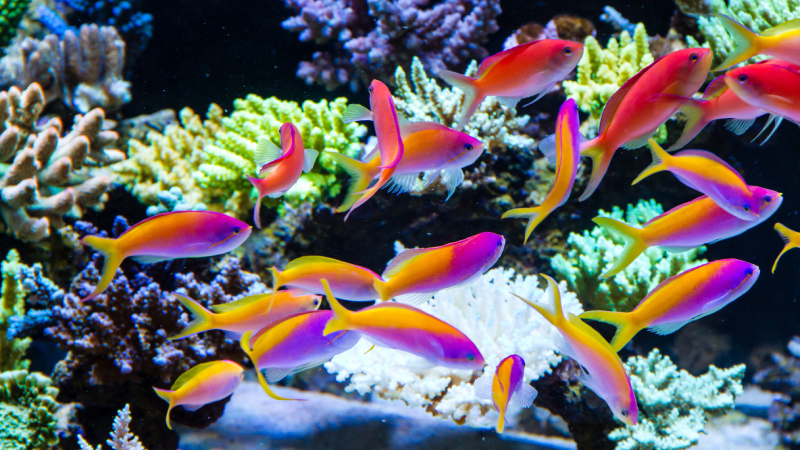
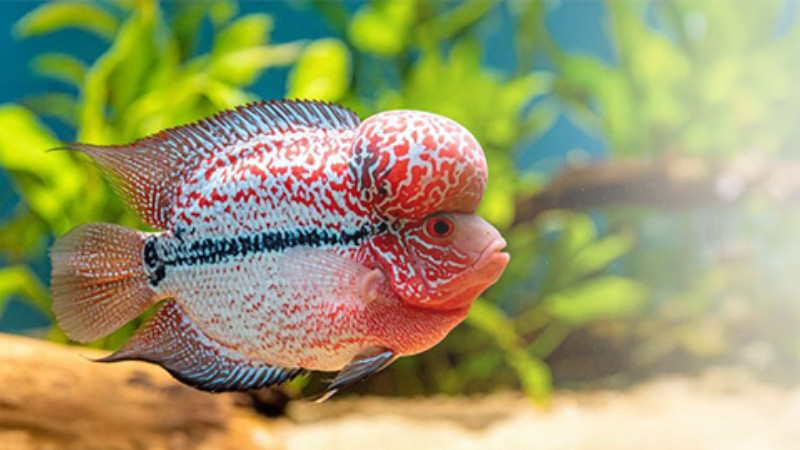
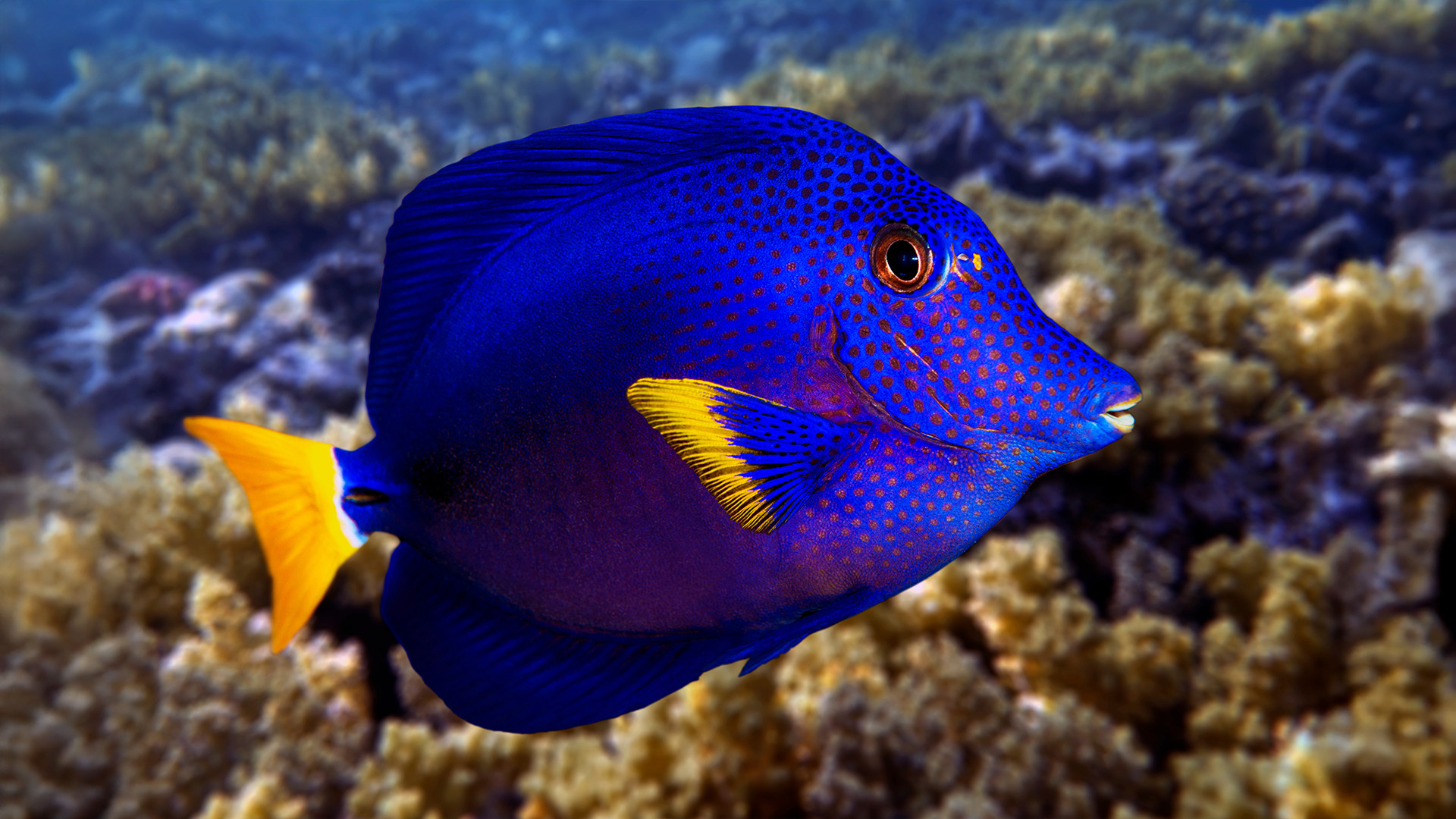
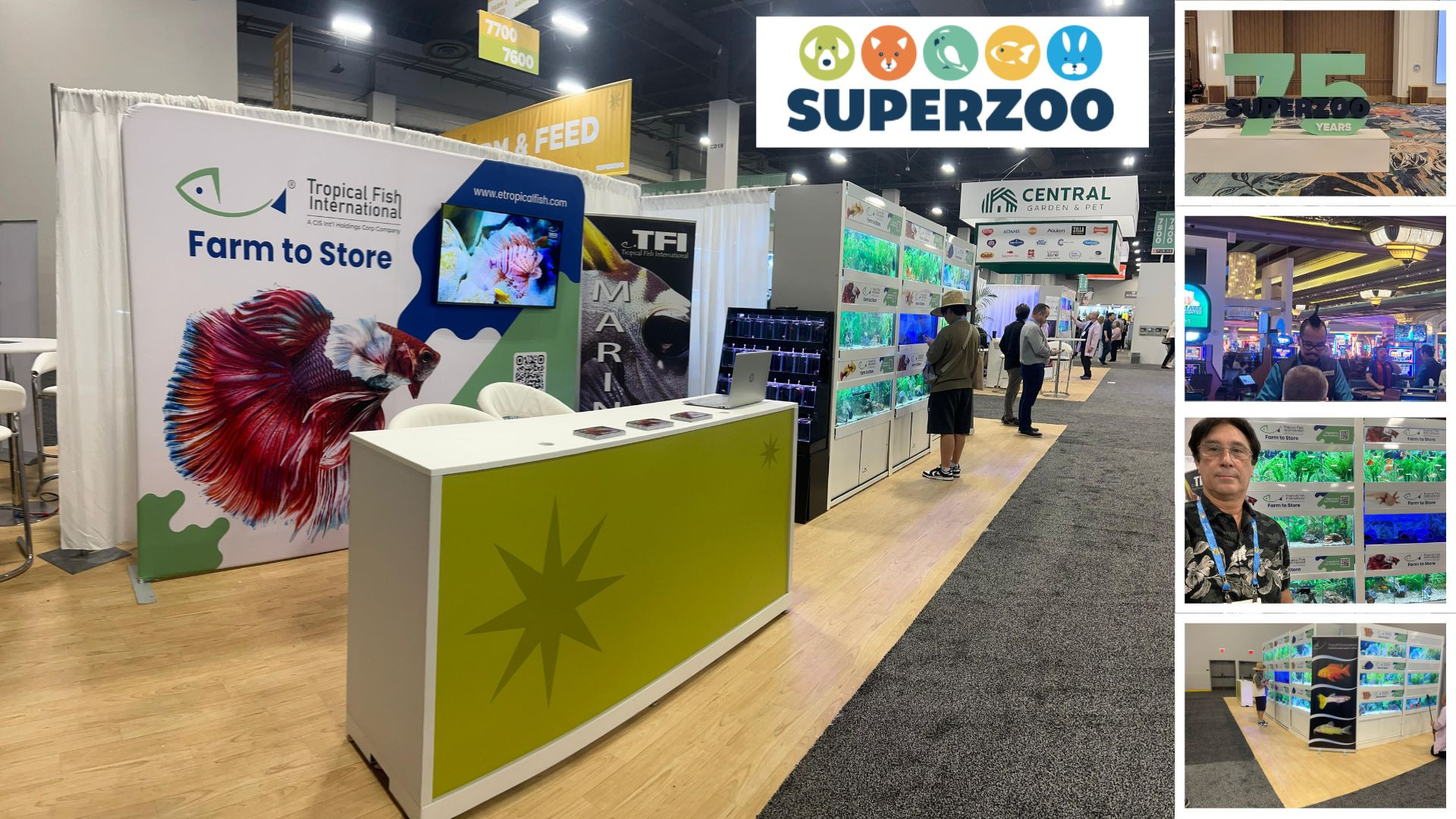

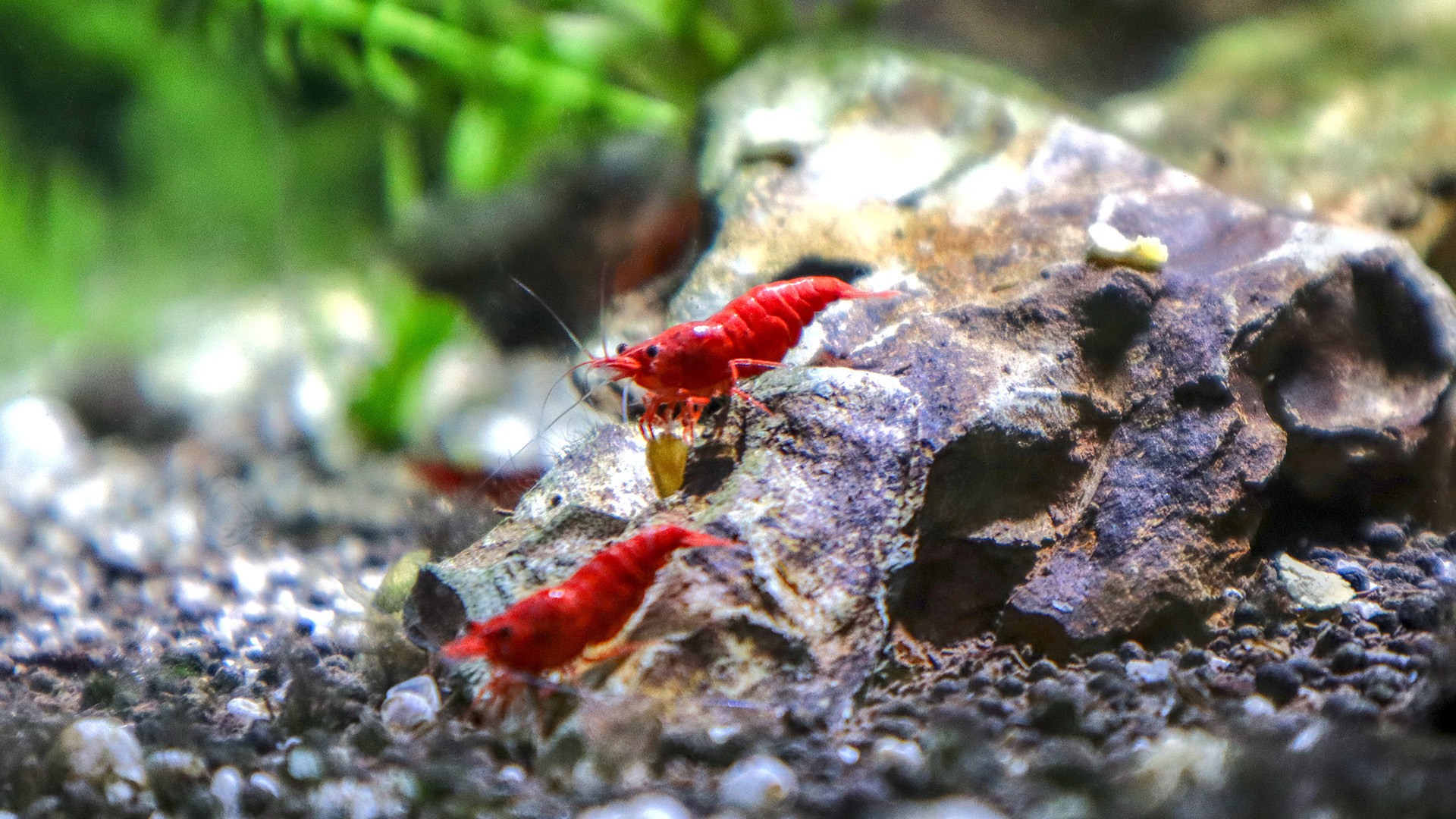
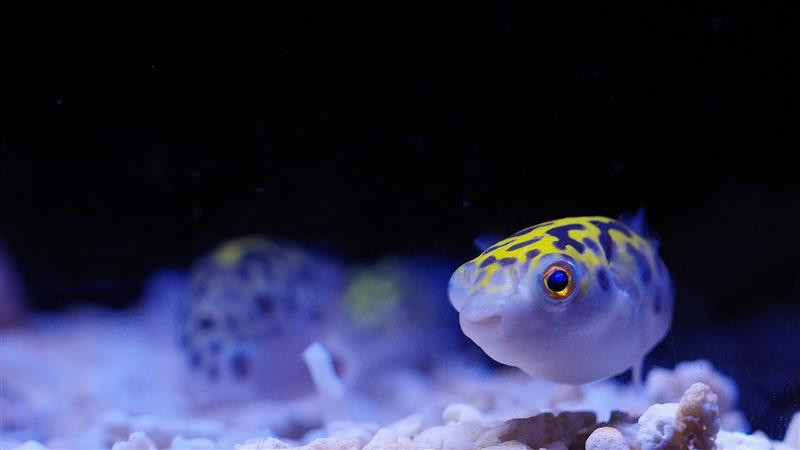
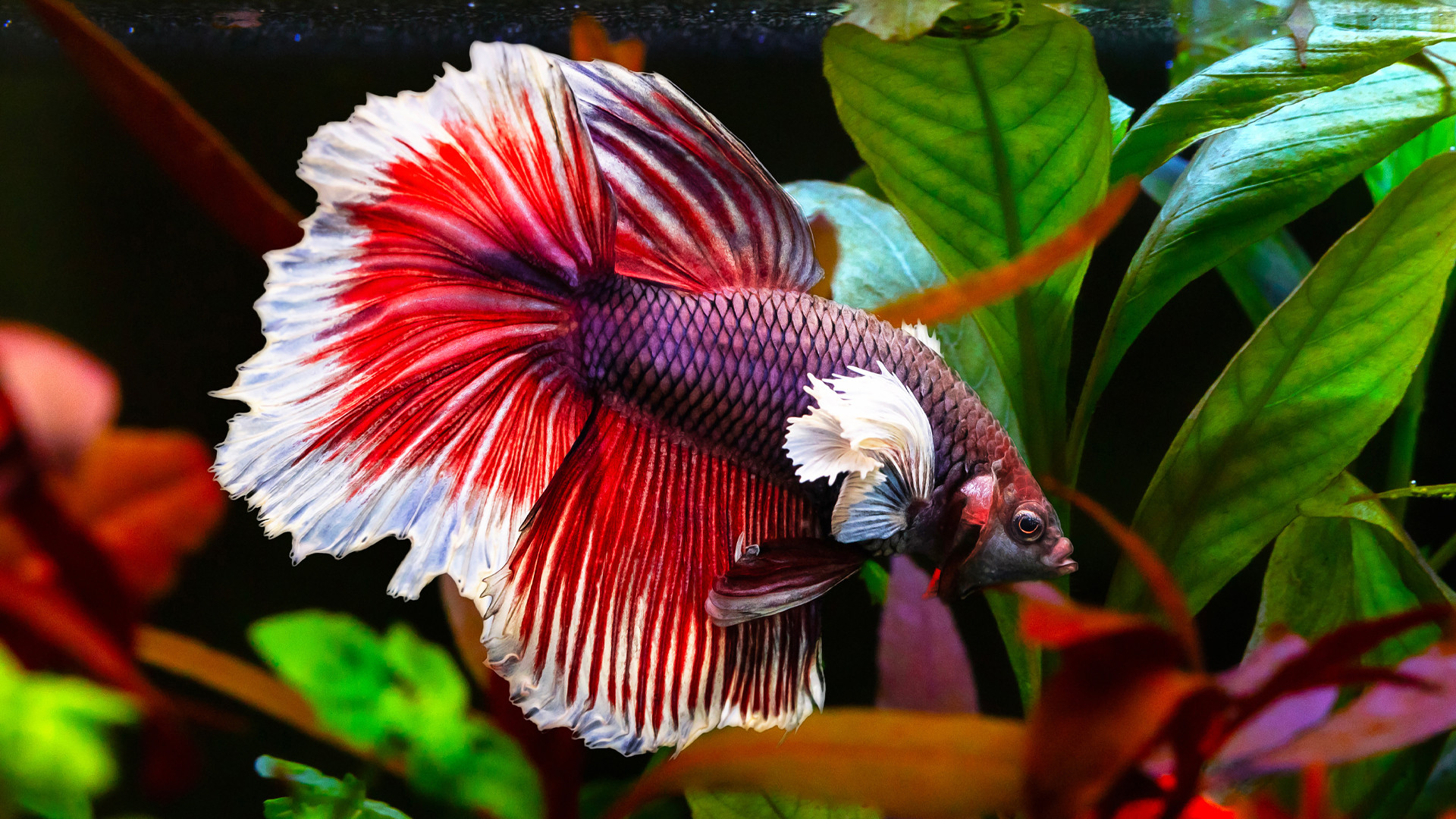

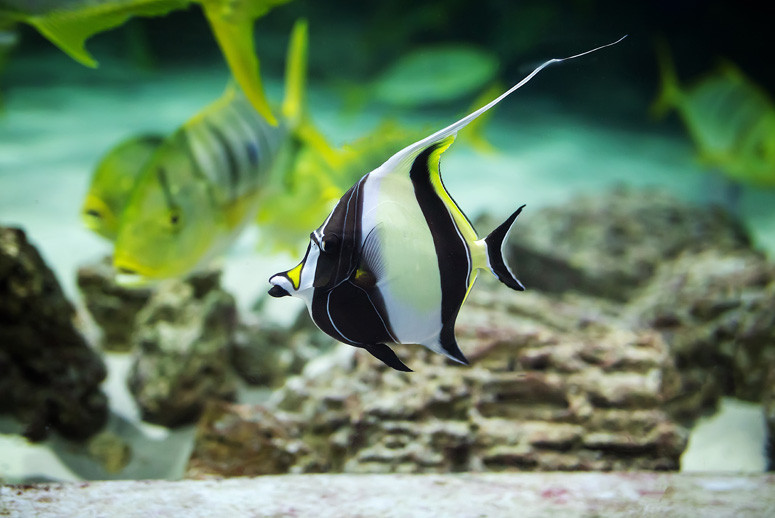

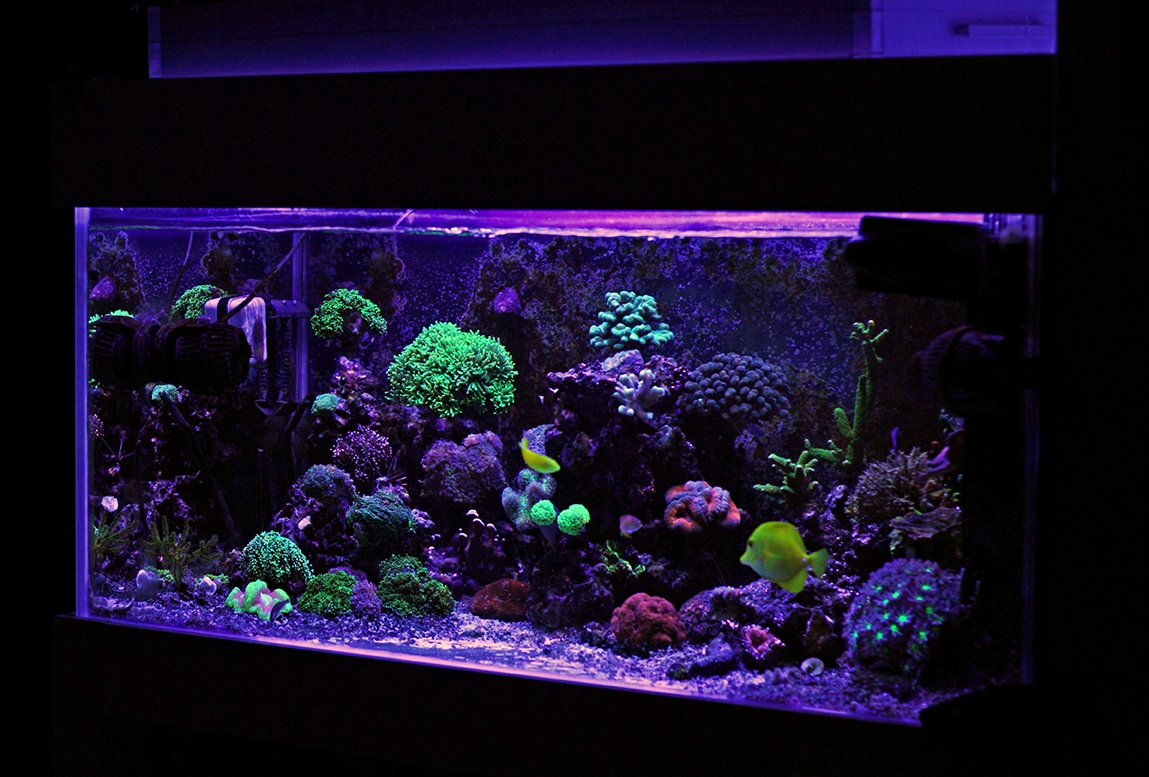
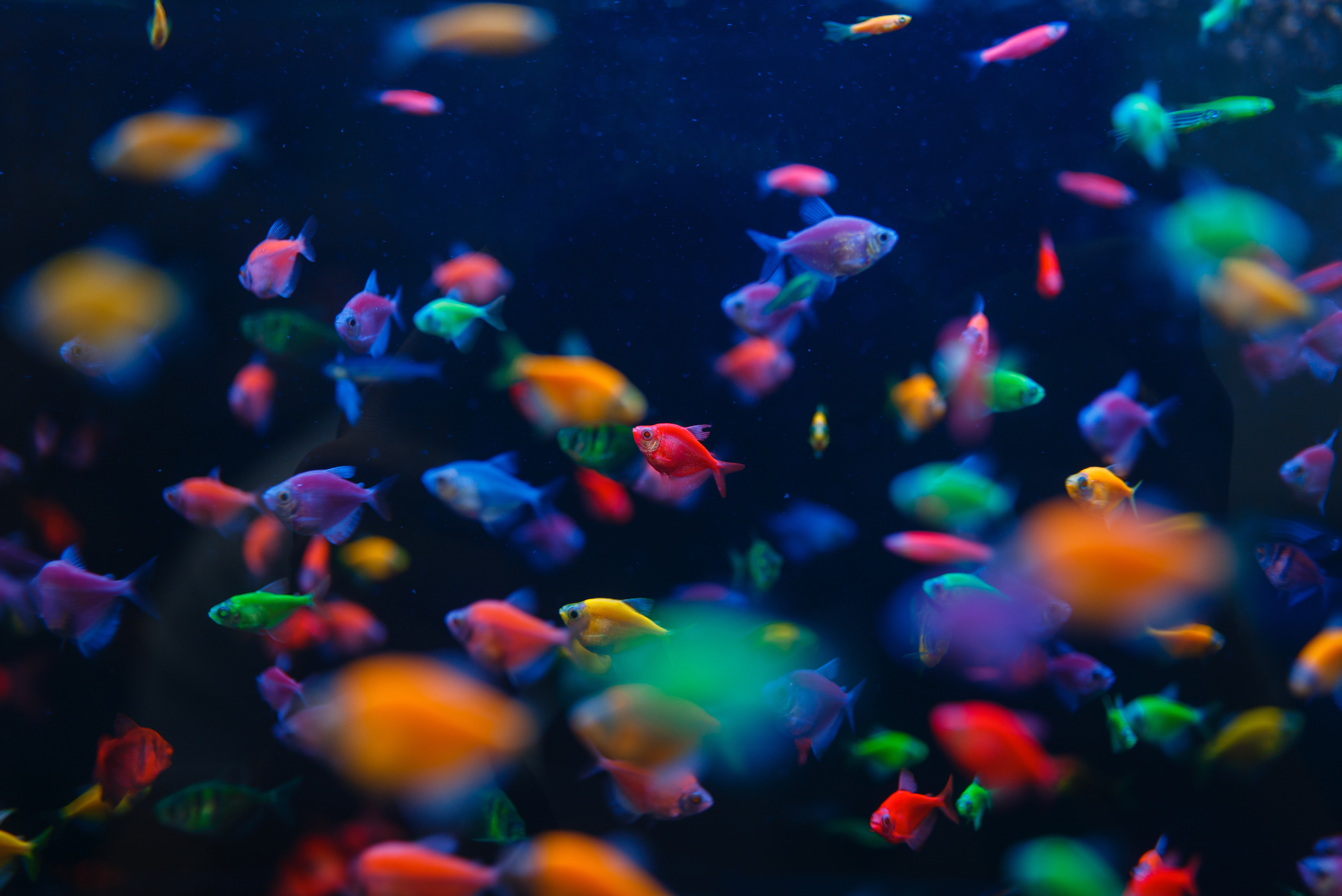
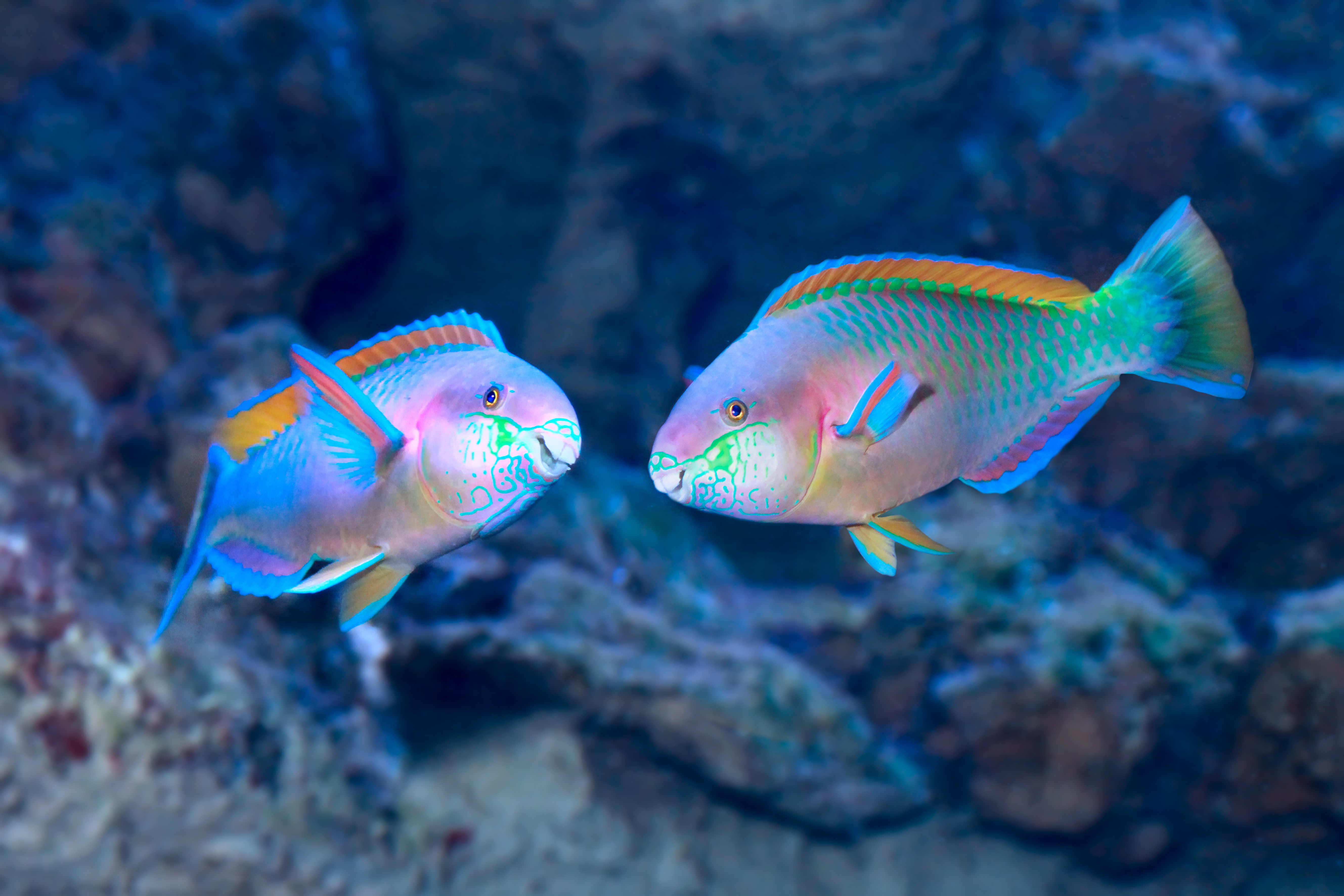
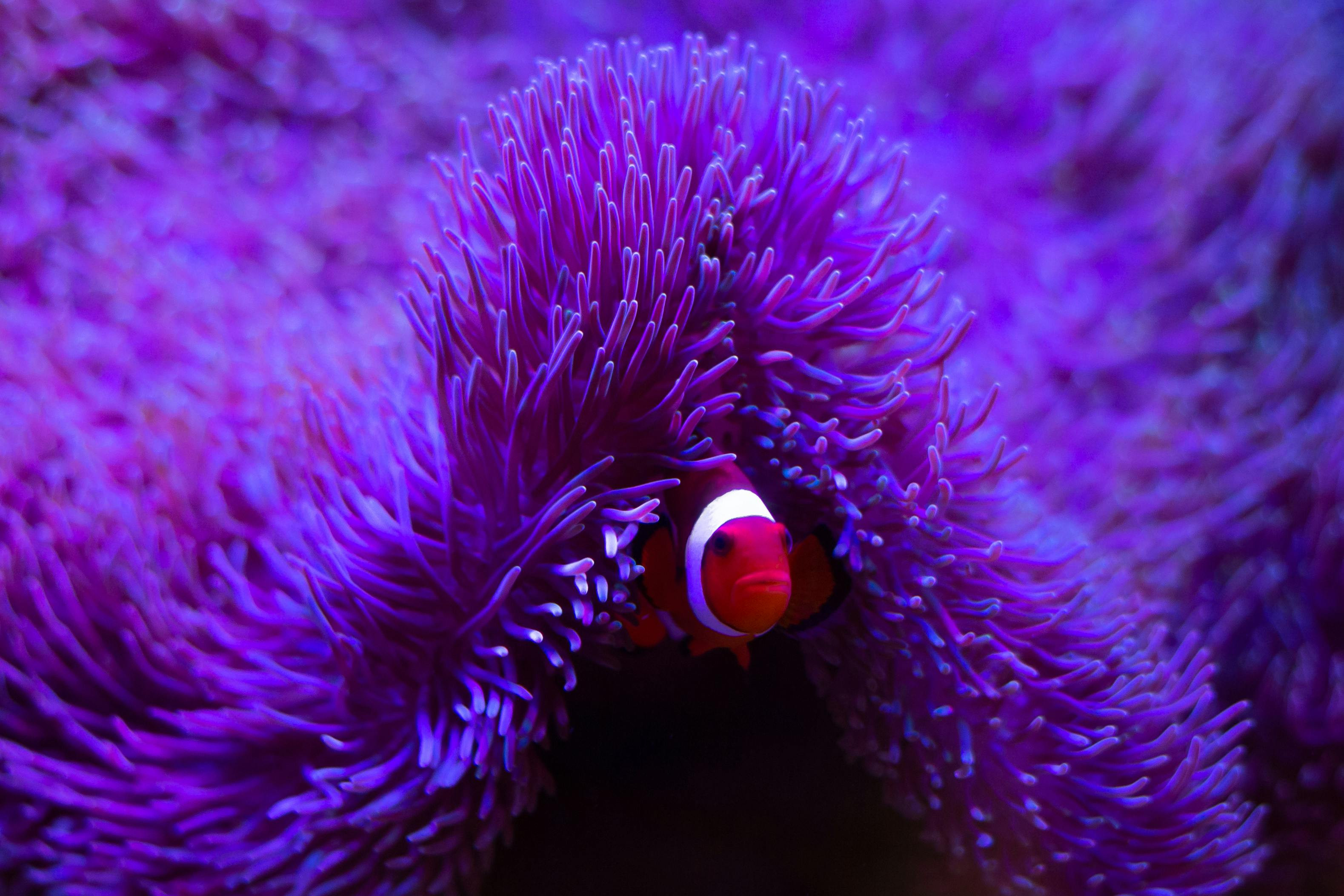
Leave a comment